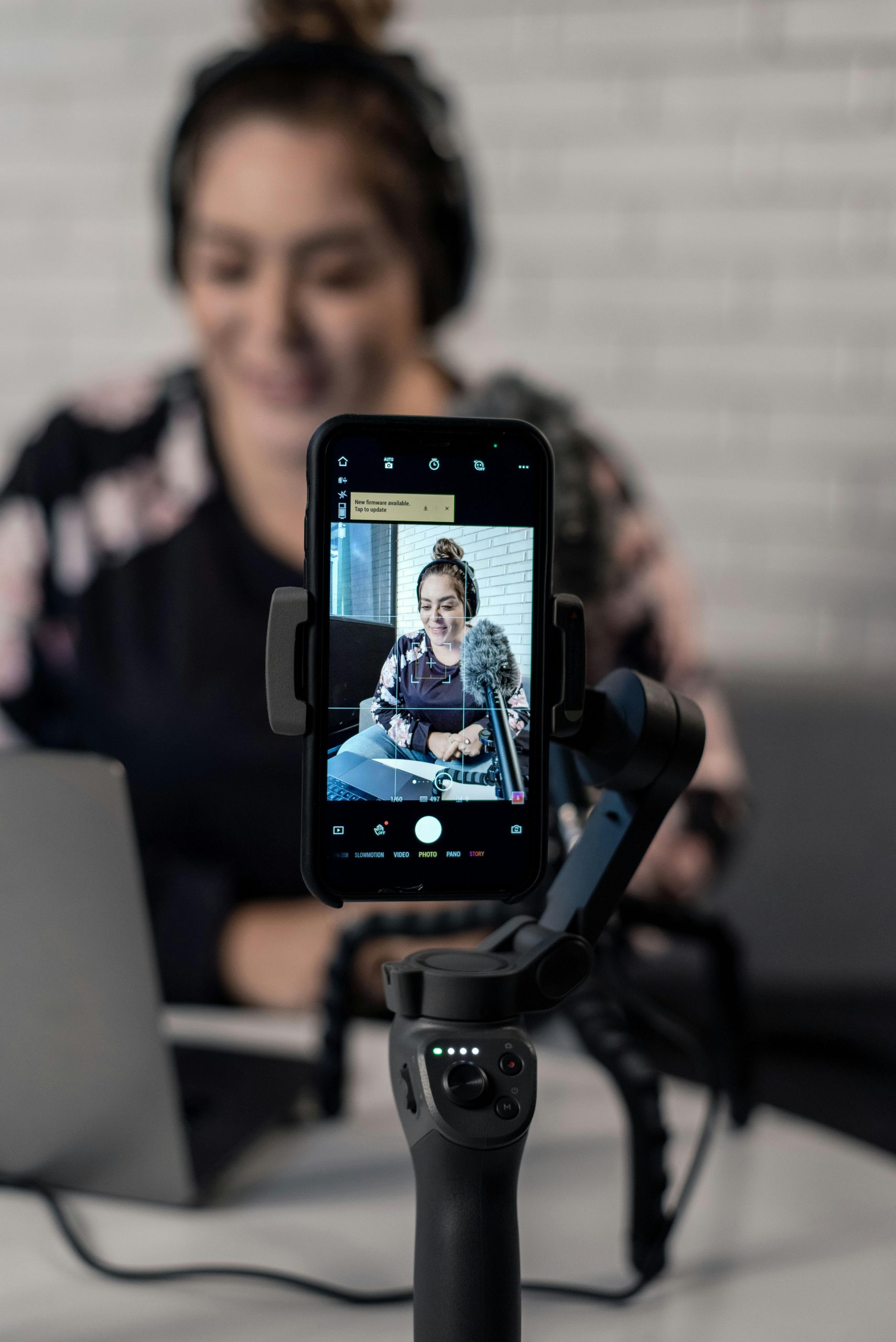Great storytelling isn’t just about what you film—it’s about how you piece it together. Video editing is where raw footage transforms into a compelling narrative, evoking emotions and keeping audiences hooked. Whether you’re a filmmaker, content creator, or marketer, mastering key video editing techniques can take your storytelling to the next level. Here’s how to use editing to enhance your narrative and captivate viewers.
1. The Power of Pacing and Rhythm
Pacing is the heartbeat of your video. It dictates how viewers experience your story, whether it’s a fast-paced action sequence or a slow, emotional moment. Here’s how to control it:
Cutting for Momentum
Quick cuts create energy and urgency, ideal for action scenes or high-energy content. Conversely, longer shots allow the audience to soak in details, perfect for dramatic or reflective moments.
J-Cuts and L-Cuts
These techniques smooth transitions by letting audio or video lead into the next scene. A J-cut plays the next scene’s audio before the visual appears, while an L-cut extends the current scene’s audio into the next shot. Both enhance flow and immersion.
Match Cuts
Linking scenes through visual or thematic similarities (e.g., matching shapes or actions) creates a seamless, artistic transition that reinforces your story’s cohesion.
2. Color Grading for Emotional Impact
Colors influence mood and perception. Strategic color grading can amplify your story’s emotional tone:
Warm vs. Cool Tones
Warm tones (oranges, yellows) evoke comfort or nostalgia, while cool tones (blues, teals) suggest tension or melancholy. Adjust hues to align with your narrative’s vibe.
Color Contrast
Highlight key elements by contrasting colors—think a lone red coat in a gray landscape. This draws attention and symbolizes themes like isolation or danger.
Consistency
Maintain a cohesive palette throughout your video to ensure visual harmony and reinforce the story’s atmosphere.
3. Sound Design: The Invisible Storyteller
Sound shapes emotion and focus. A well-crafted audio mix can make or break engagement:
Layered Audio
Combine dialogue, ambient noise, and music to create depth. For example, subtle background chatter can make a scene feel alive, while silence can heighten tension.
Music Cues
Time musical swells or drops to pivotal moments—like a crescendo during a reveal—to amplify emotional impact.
Sound Effects (SFX)
Use SFX sparingly but strategically. A distant door creak or a heartbeat sound effect can build suspense without visual cues.
4. Montage and Parallel Editing
These techniques compress time or intertwine narratives for dramatic effect:
Montage
A sequence of short clips, often set to music, shows progression (e.g., training for a competition). It’s efficient and emotionally charged.
Parallel Editing
Cutting between two simultaneous events (e.g., a hero racing to stop a villain) builds tension and connects storylines.
5. The Rule of Less Is More
Great editing often means knowing what to leave out:
Tight Trimming
Remove fluff—awkward pauses, redundant shots—to keep the narrative lean and engaging.
Purposeful Transitions
Avoid overused effects (e.g., flashy wipes). Simple cuts or dissolves often serve the story better.
Audience Imagination
Sometimes, withholding visuals (e.g., cutting to black during a crucial moment) lets viewers’ minds fill the gap, creating intrigue.
Conclusion
Video editing is storytelling in its purest form. By mastering pacing, color, sound, and structure, you can turn disjointed clips into a riveting narrative. Experiment with these techniques, but always let the story guide your choices. When editing serves the narrative—not the other way around—you’ll create videos that resonate deeply and leave audiences wanting more.
